According To Data, These Are The Traits That Your Child Could Inherit From You

So you’re thinking about having a baby? Well, as you dream and plan for baby to come, or even if you’re just fantasizing about having a child someday, it’s reasonable to wonder what your child will look like, and what pre-dispositions might be there.
Did you know that your genes can actually help you predict your child’s features and health before they even arrive? Here are the variables that you can predict prior to your child’s birth, to a reasonable degree of accuracy, based on you and your partner’s genes…
Eye Color

When your little bundle of joy opens their eyes, will he peer back at you with baby blues, or will you find yourself with a sweet, brown-eyed girl? The answer to that question lies in your and your partner’s genes. Your eye color plays a role, but there is more to it than that.
Whether you’re homozygous or heterozygous (meaning whether or not you carry genes for more than one eye color) and whether your eye color is dominant or recessive also plays a role in determining your future child’s eye color. Two brown-eyed parents (if both are heterozygous) can indeed have a blue-eyed baby.
Longer Second Toe

One of the first things you’re likely to do when the nurse hands you your new baby is to check for ten perfect fingers and ten perfect toes. You may notice that the 2nd toe is a bit longer than the big toe. Don’t worry—your baby’s feet are still perfectly healthy, and this trait is actually determined by genetics.
If you have a longer second toe, your baby is more likely to exhibit this trait as well. If not, then your baby might not also- but it doesn’t mean that’s for sure the case, it just decreases the likelihood.
Facial Dimples

The first time your baby smiles at you will be an exciting day. Will that smile reveal adorable dimples? Genetics can help you predict the answer even before the first gummy grin. If neither you nor your partner have facial dimples, neither will your little bundle of joy.
If at least one of you has dimples, your child has a 50% chance of inheriting the trait. With or without dimples, that little smile is sure to melt your heart every single time.
Thumb Tricks
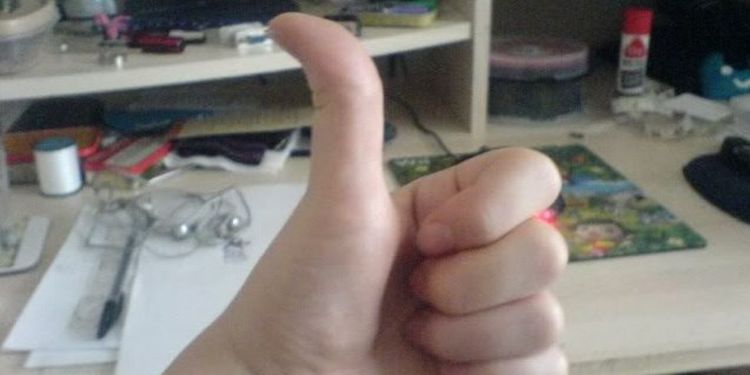
Hold your hand up as if you’re about to belt out the hit, “Stop! In The Name Of Love.” Does your thumb form a straight line or curve as if forming a circle? This small feature is determined by your genetics. A curved thumb is a recessive trait, so if you and your partner both have a curved thumb, so will your child.
However, if you both have straight thumbs, you may still be carriers of the recessive gene. That means there’s still a chance your toddler could end up sucking on a curved thumb when drifting to sleep.
Male Pattern Baldness

You may have heard that adults who experience male pattern baldness inherit the trait from their mom’s side of the family. Before the moms out there start experiencing ‘mom guilt’ about 30-40 years too soon, take a deep breath, exhale, and get ready to not beat yourself up further.
Although it’s true that the X chromosome you pass on is home to a key gene for determining baldness, studies show that baldness on either side of the family could be passed along to your baby boy. Furthermore, modern research has shown that acceleration of fibrosis and calcification, brought on by inflammation, is as much a determinant of MPB as genetic predisposition. So your kid will assuredly have a good chance to keep his locks, if he’s willing to take really good care of his health.
Height

Are you wondering if little junior has a chance at playing in the NBA? Try using your height to predict just how tall your baby will be. Simply find the average of mom’s and dad’s heights by adding them together and dividing by two. If you’re expecting a boy, add 2.5 inches to that average.
If you’re expecting a girl, subtract 2.5 inches. This will give you a rough estimate of your child’s adult height. Before you look up schedules for basketball camp, keep in mind that your child’s height could ultimately vary by 4 inches in either direction.
Weight

Unlike many of your child’s features, weight is largely in your control as a parent. You can keep your child in a healthy weight range by providing a nutritious diet and plenty of opportunities to stay active. However, some research shows that certain genes can influence just how easy it will be for your child to gain or lose weight throughout life.
For example, those with the FTO gene weigh around 6.6 pounds more on average than those without it. Similarly, those with the SCD-1 gene are more likely to store fat than burn it.
Cleft Chin
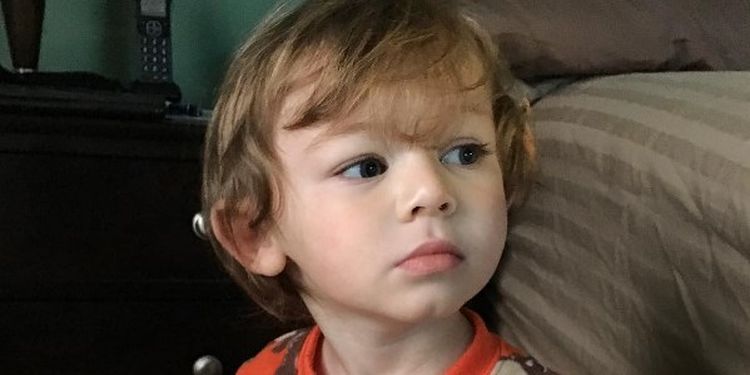
Do you or your partner have a cleft chin? If not, your child almost assuredly won’t either. That’s because the cleft chin gene is dominant. If either of you carry the gene, it will quite literally show on your face.
Even if you have a cleft chin, you could still carry and pass on the recessive “no cleft” gene. Whether your child has a cleft chin or not, you should be prepared to wipe lots of baby food and drool off of it in the next few years.
Gapped Front Teeth

Some parents begin mentally calculating the price of raising a child from the day mom sees a big fat positive on her pregnancy test. How much will diapers cost? What about swimming lessons? Will the little one eventually need braces?
There’s no way to predict every impending cost, but if you needed an orthodontist to correct a gap in your front teeth as a kid, then there’s actually a strong chance that your child will need the same as well- something in the neighborhood of a 55% chance.
Freckles

Freckles have been linked to a particular gene called MC1R. This is the same gene responsible for producing a little redhead, which is why you often see crossover in freckled faces and fiery red locks.
This gene (like many others) can be a bit complex, but if you or your partner sport freckles, you just may find the same trait in your future son or daughter. In fact, if this is the case, the likelihood increases by almost 70%.
Hand Dominance
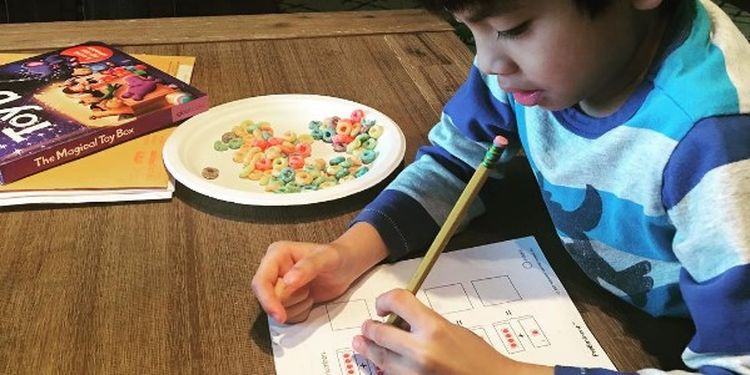
Will your kid be a righty or lefty? Geneticists say that there may be some genes that help determine hand dominance, but it’s complicated. In some cases, even identical twins favor different hands. And truth be told, predictions of this trait are a little bit all over the place.
William Brandler, a genetics doctoral candidate at the University of Oxford in England, studied this trait and explained, “Handedness is a complex trait. There are hundreds of genes involved.” In the case of your own child’s hand dominance, you’ll likely just have to wait and see.
Eye Shape

Even if you’ve never consciously considered how genetics play a role in eye shape, you’ve likely used this knowledge before. For example, you may have met someone with monolid eyes and predicted that person was of East Asian descent.
Because eye shape is determined by genes, you can observe you and your partner’s eye shape to predict what eye shape your child will soon have. Eye shape is largely taken from one parent or the other, and is less commonly a mix of the two.
Skin Color

While skin color and privilege is a big point of discussion in today’s society, there was a time when skin color was directly linked to surviving one’s climate. People in hot, tropical climates needed more melanin to help protect against harmful UV rays.
People in colder climates needed to absorb as much Vitamin D from the sun as possible, making them less likely to have dark skin. Although your child no longer needs a certain skin color to survive your climate, you’ll pass on skin color through DNA much like your ancestors.
Bent Pinky Finger
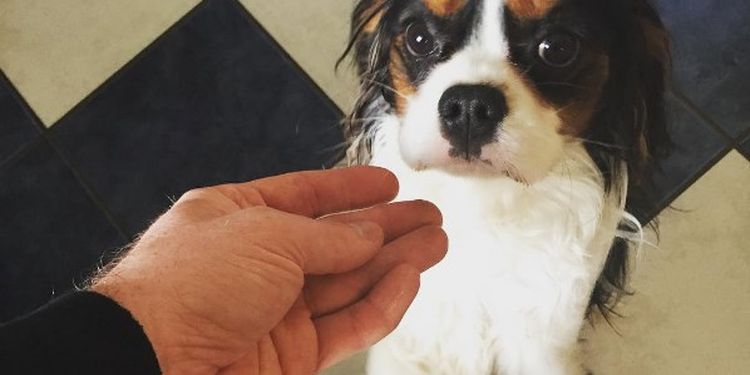
Pinky fingers are commonly used as an example in middle school science class to help explain how genes are passed from one generation to the next. Your teacher may have taught you that a bent pinky finger is a dominant gene while a straight pinky finger is a recessive gene.
Scientists say this trait may be a bit more complicated than your middle school teacher once suggested, but this can be a fun opportunity to test your memory and see if you can predict your child’s pinky finger shape.
Tongue Rolling

You may have learned in school that your child would one day inherit the ability (or inability) to roll their tongue from you. Unfortunately, this is a myth. While your genetics may help shape the length or muscle tone of your child’s tongue, tongue-rolling isn’t determined by DNA and can even be learned with a little bit of practice.
That said, for what it’s worth, some kids seem to simply have the ability to do this from a young age, while others don’t. Is this a “learned” skill? Perhaps. But some kids seem to just know what to do.
Ear Shape

As a parent, you’ll mainly want to ensure your child uses their ears to listen (good luck with that!). While you can’t yet know whether or not your child will struggle with a world-class case of selective hearing, you can use genetics to predict if your child’s earlobes will be free or attached.
Because a free earlobe is a dominant gene, it’s the more common result. If you and your partner both have attached earlobes, however, this will ensure that your child will as well.
Blood Type

If your child ever needs a blood transfusion in their life, it’ll be important to know what blood type they are. A quick test will easily provide this information, but you can use yours and your partner’s blood type to make an early prediction.
Think of it as a game of rock, paper, scissors. Blood type O is recessive, blood type A is dominant over O, and blood type B is dominant over both A and O. So if either of you is blood type B, there’s a good chance that that’s what your baby will be as well.
Hair Color

You won’t know exactly what color baby’s hair will be—or how it will change over time—until they arrive. However, you can consider your and your partner’s hair color to make an educated guess.
For example, if you have fiery red hair, you may pass on the information found on your MC1R gene to produce a child with similar bold locks.
Hair Type

Whether your child has curly or straight hair is determined by a gene that exhibits incomplete dominance. In other words, if one parent passes on the dominant gene for curly hair while the other parent passes on the recessive gene for straight hair, the child will actually have a combination of the two—wavy hair!
Do you think your child will have adorable ringlets, a silky straight mane, or soft waves? No matter what, we’re willing to bet that you’ll love whatever hair is on that beautiful head.
Hairline

Will your little one inherit your widow’s peak or your partner’s straight hairline? The allele for the peak is dominant, while the allele for the straight hairline is recessive. However, just because you have a widow’s peak doesn’t mean your child will, too.
You could still carry and pass on the recessive allele for the straight hairline, and your partner definitely will. If that’s the case, Junior’s hairline may look more like your partner’s. Don’t worry though—there are plenty of other opportunities for your child to resemble you.
Fingerprint Ridge Count
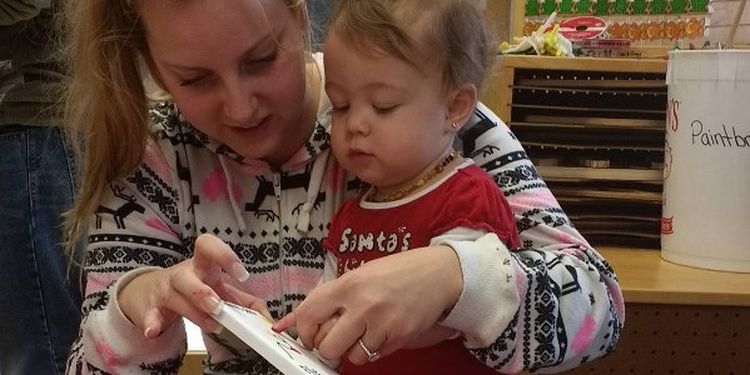
You may have heard growing up that no two fingerprints are alike, and it’s true. Even identical twins have unique fingerprints. However, you may pass on certain fingerprint traits, such as the number of ridges it possesses.
You could always compare your fingerprint to baby’s birth certificate to look for similarities, but you’ll probably be too busy kissing those teeny tiny fingers to care.
Depression

If you’ve suffered from depression, you wouldn’t wish that struggle on your worst enemy, much less your own child. Although you can pass on a gene to predispose your child to depression, that gene isn’t the only determining factor in whether your child faces similar struggles.
Mental health is a complex field, and many influencers are at play. The best thing you can do is to learn how to manage your depression in a healthy way to provide stability now, then share those techniques down the road should your child need them.
Sleep Patterns

Everyone hopes their baby will start sleeping through the night as soon as possible, but did you ever consider that your little one could inherit their sleep patterns from you? Research shows that genetics could help determine whether your child grows up to become a night owl or an early bird.
Unfortunately, by the time they’re in a rhythm, you may still be recovering from the newborn days of minimal sleep and bottomless coffee.
Sense Of Humor

You’re pretty confident you have a brilliant sense of humor, and you’re hoping your kid inherits your wit. Well, you might just be in luck. Scientists have found that people with a genetic variant of the gene 5-HTTLPR are more likely to laugh and smile.
Unfortunately, they still haven’t found a gene that ensures your kid won’t groan at your corny dad jokes.
Shyness

If shyness is the root of some unfavorable childhood memories, you may worry that you’ll pass the trait onto your son or daughter. However, this is definitely a case where nurture can win out over nature.
Even if your child is one of the 15-20% of infants born with what researchers call an inhibited temperament, they can still learn to socialize confidently as they mature.
Temperament

Much like childhood shyness, you may pass on a certain temperament to your child, but rest assured that DNA doesn’t have the final say. As behavior genetics H. Hill Goldsmith puts it, “For many, but not all personality characteristics, about 40-60% seems to be genetic, but it is a fallacy to believe that any behavior that is genetically inherited cannot be modified over a lifetime.”
So if you’re a moody type, and don’t want your kid to have to go through life feeling and acting similarly, don’t worry- your issues aren’t necessarily going to translate over.
Memory

All parents want their children to do well in school, and a good memory certainly helps. Scientists have found that whether or not memorization comes naturally may actually be determined by genetics.
Studies show that individuals who possess one form of a certain gene, known as BDNF, perform better on memory tests than those who don’t. Do you think you possess this helpful gene?
Dietary Preferences
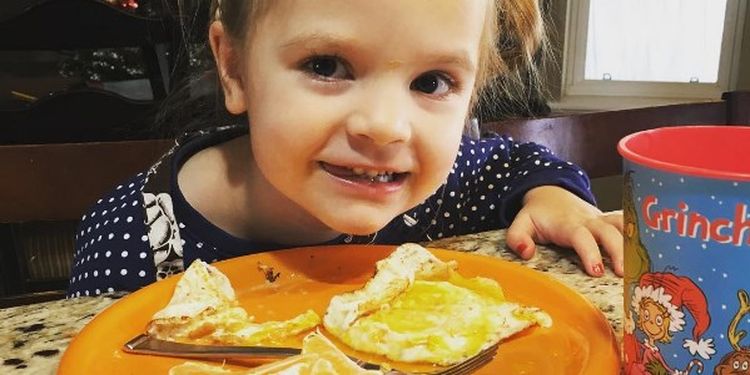
When your picky palate made your mom’s life difficult, she probably warned you that you’d eventually reap what you sowed when you had a child of your own—and she may have been right. Scientists have identified 17 independent genes that appear to be linked to whether or not a person likes an entire range of foods, from bacon and coffee to blue cheese and liver.
Body Fat

You may wonder if your child will grow up to develop your same struggles with weight loss or obesity. However, the researchers behind one study found that the 17 genes that contribute to obesity were responsible for a measly 2% of obesity cases in nearly 21,000 adults. In other words, the best way to set your child up for lifelong health is not by pointing fingers at your DNA, but by teaching them healthy eating habits and a love for exercise while they’re young.
Color Blindness
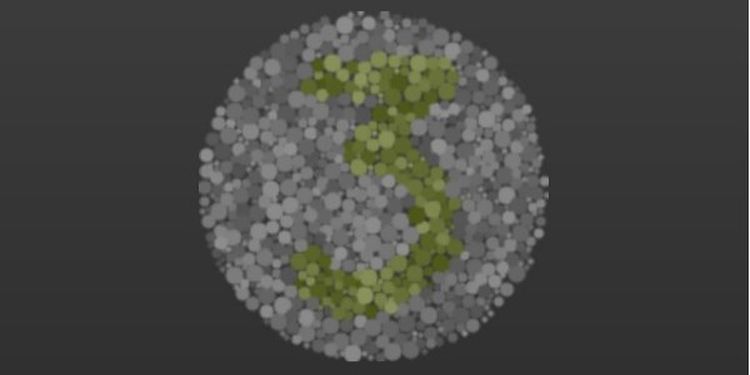
Have you ever noticed that men seem more likely to be color blind than women? The answer lies in genetics. The gene for color blindness is found on the X chromosome. For men to be color blind, they only need to inherit the gene from mom. For women to be color blind, both parents must pass on the color blindness gene. The answer to whether or not your baby is color blind lies in their DNA from birth, but it may take years before you’re aware of it.
Sickle Cell Anemia
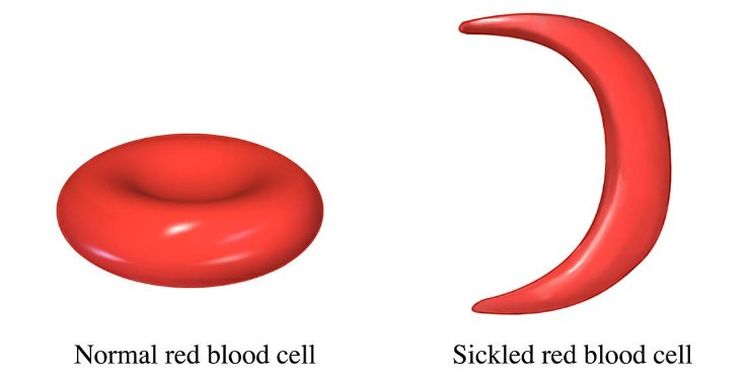
You may be worried about whether your child will inherit certain illnesses from you or your partner, such as sickle cell anemia. If you and your partner both pass on a normal gene, your child will not have the disease. If only one partner passes on a sickle cell gene, your child will have sickle cell trait, meaning they are a carrier of the disease but are unlikely to show symptoms. If you and your partner both pass on a sickle cell gene, your child will have sickle cell disease, though the severity of symptoms varies widely.
Epilepsy

If you have epilepsy, you could be concerned about passing scary seizures onto your child. Try not to worry. Although epilepsy has been linked to genetic trends in families, less than 5% of individuals who have a mother with epilepsy develop the disease themselves. That number is even lower for those who have a father with epilepsy.
Cystic Fibrosis

Cystic fibrosis is a genetic disease that can make breathing difficult, lung infections common, and absorbing nutrients from food a struggle. The gene for cystic fibrosis is recessive. In other words, both you and your partner must pass on the gene in order for your child to have the disease. If only one of you passes on the gene, your child will be a carrier and could eventually pass it on to your grandchildren, but he or she won’t have cystic fibrosis.
Obesity

Obesity can introduce an entire host of health problems throughout one’s life, including high blood pressure, diabetes, and heart disease. When looking for a genetic explanation for obesity, the best way to understand your child’s risk is to remember that in this case, genes don’t determine your little one’s destiny. Although some genes reveal a higher risk of obesity, not all who have them develop obesity, and not all who are obese have those genes. Diet and exercise trump DNA when it comes to preventing this disease.
Type 1 Diabetes
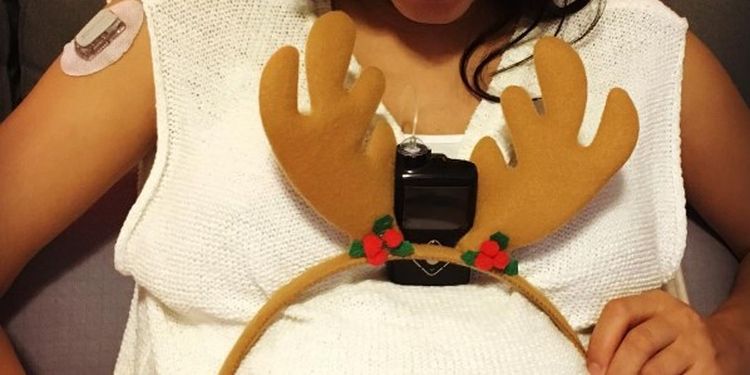
While it’s true that the genetic marker for type 1 diabetes is passed down to your children through DNA, there are more factors at play than what’s written on your child’s chromosomes. In fact, less than 10% of those with the relevant gene actually develop this disease. Viral infections, geography, race/ethnicity, early diet, family history, and other autoimmune conditions all play a role in whether or not an inherited genetic complex will ultimately translate into type 1 diabetes.
Type 2 Diabetes
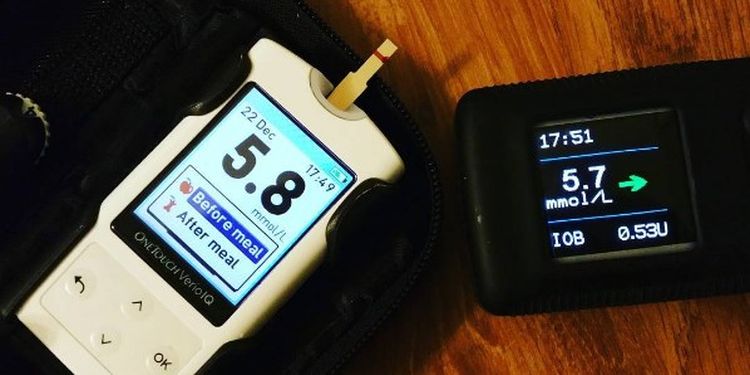
Although type 2 diabetes has been strongly linked to genetics, there is no doubt that lifestyle and diet also play a huge role. If you have type 2 diabetes, your child is more likely to develop the disease as well—not only because of your DNA, but also because you’re likely to pass on your lifestyle habits, such as an unhealthy diet and lack of exercise. Seek to live a healthier lifestyle for yourself, then pass on healthier habits to reduce your child’s risk of type 2 diabetes.
High Blood Pressure
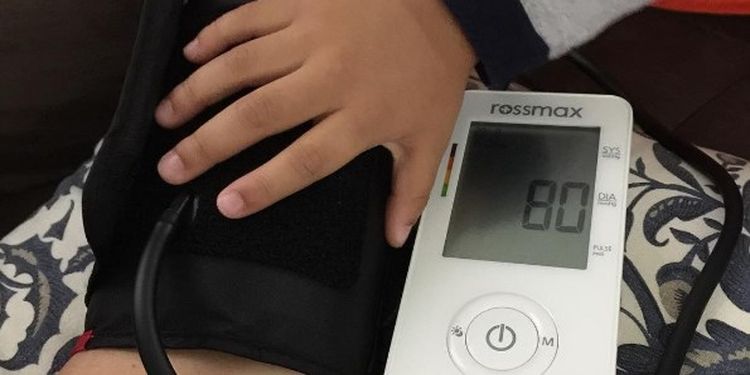
Much like the risk for type 2 diabetes, your child’s risk of high blood pressure later in life is linked to both shared genetics and shared lifestyle habits. This is the perfect opportunity to focus on what you can control. You can’t change your DNA, but if you want your child to enjoy good health, you can teach your child how to eat well and exercise regularly from a young age.
Maximum Heart Rate

Maximum heart rate is a helpful tool for uncovering cardiovascular disease and for use in personal exercise training. Although your little athlete won’t likely calculate or use this in childhood, they may want to do so as an adult. The number they’ll find is largely determined by genetics rather than fitness level. Count this as a perfect reminder to test your own maximum heart rate, then use it in your workouts as you strive to be the healthiest parent you can be.
Hemophilia
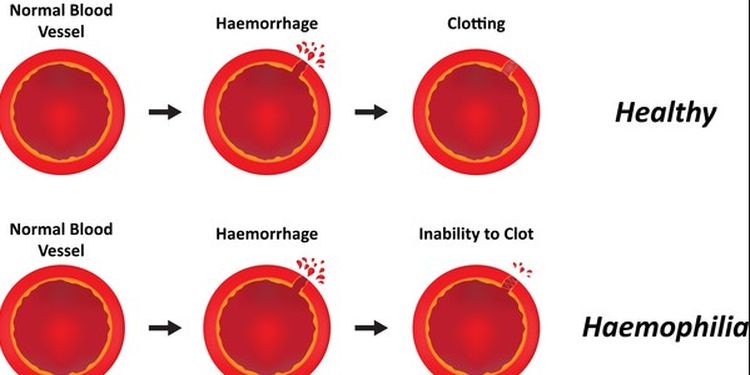
Hemophilia, a disorder that inhibits normal blood clotting, is caused by mutations on the F8 or F9 gene. Because this is an X-linked recessive disease, a son would only have to possess one altered copy of the gene in order to develop hemophilia, while a daughter would need mutations to both X chromosomes—making the disease much more rare for females than males.
Cleft Lip Or Palate
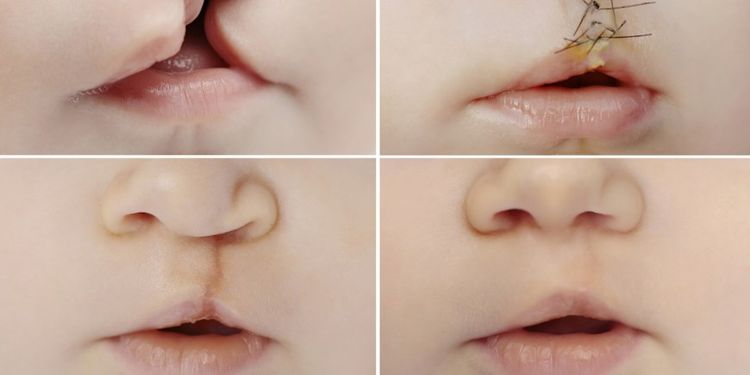
Although doctors can’t always pinpoint why any given baby develops a cleft lip or palate, researchers seem to think there is a combination of genetic and environmental influencers. A genetic counselor can help you determine your risk of passing on this trait, but you may be able to slightly reduce that risk by taking prenatal vitamins and avoiding tobacco and alcohol. Even if your child is born with a cleft lip or palate, be encouraged—both can be surgically corrected with minimal scarring in most babies.
I.Q.

If you raise a little Einstein, you’ll probably wonder just how much credit you can take for your child’s remarkable genius. Scientists have found at least 20 different genetic variants that have been linked to intelligence, so you just may have passed on a bit of brilliance through your DNA. Of course, if you’re involved in your child’s education, you could also take some credit for all those hours spent helping your little one with science fair projects.
Lupus
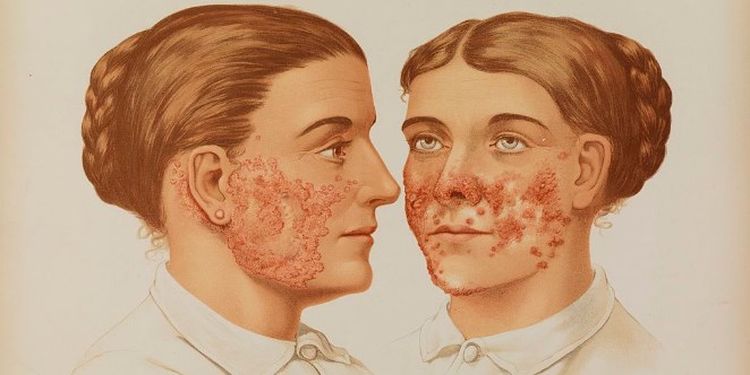
If there is lupus in your family history, you could be worried about your child developing the disease as well. Although research suggests there may be some genetic factor in your child’s risk of lupus, the causes remain mostly unknown. Just remember to share your child’s family history with his or her pediatrician and report any troubling symptoms if they arise.
Stroke

Although genetics can play a role in your child’s risk of stroke later in life, the American Stroke Association lists 19 additional risk factors. Many of those risk factors—think cigarette smoking, poor diet, and physical inactivity—can be prevented, reversed or controlled. Again, instead of worrying about your child’s genetic risk, focus on instilling healthy habits to control the risks you can.
Cancer

If you’ve watched a love one battle cancer, it’s normal to worry and fear that you’ll have to watch your child face their own battle with the disease. Although some forms of cancer are hereditary, don’t let fear steal your joy of becoming a parent. After all, researchers think that only 10% of cancers are hereditary. The rest can’t be passed down to your little one through DNA.
